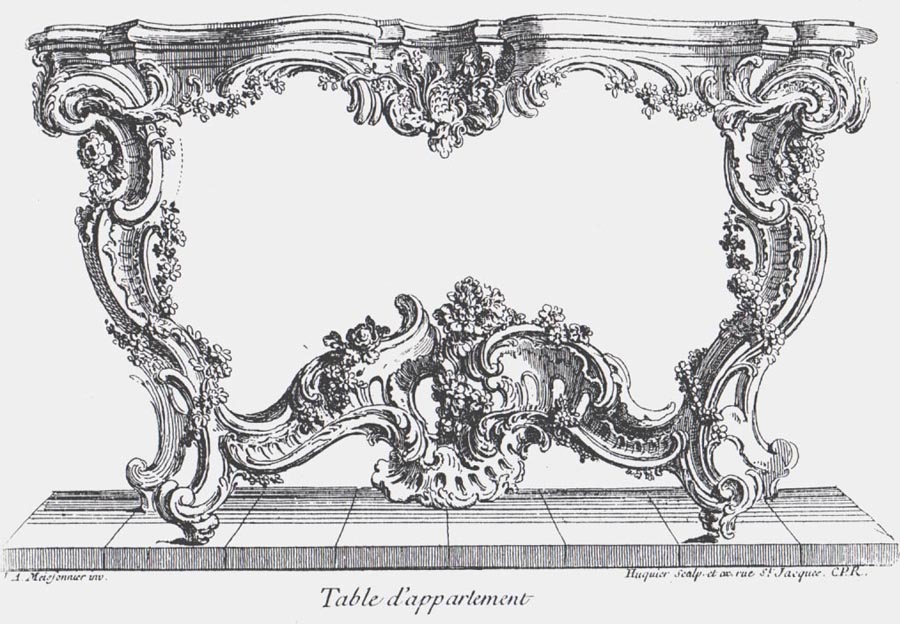
The idea, put forth by Owen Jones, that construction be decorated, rather than constructed decoration, is not a new one. It is, in essence, a differently-worded version of the form versus function debate. Though it can be argued that what he really meant was that an object should stay true to its purpose, the general idea behind it is the same. Of course, objects of a certain type, for example, a lamp, should remain true to their function, and provide light to whatever degree is required, but the idea that decoration is non-essential and should be added after the fact is reminiscent of an ideal that has long since become unfashionable. You see, at the time of its conception, the idea that design should remain separate from the nature of the object for which it is intended, and be added as an afterthought, is much like adding a garnish of fresh rosemary, thyme, and parsley to an underwhelming, baked chicken breast. After all, while rosemary, thyme, and parsley have lovely flavours, those flavours are not integral to the dish. They are so separate from the chicken, that the person eating it might avoid the herbs altogether, thinking them a confusing addition to an overall ill-conceived dish. I suppose my point is this: if a person truly believes that an object's sole purpose is to function, and that an object should never both function and be art simultaneously, that person will find life quite boring. Could you imagine eating a plain baked chicken breast every day, or never drinking a flat white simply because milk is an unnecessary addition to coffee, or not being able to enjoy a lamp (as pictured above), simply because it utilised stained glass and incorporated a dragonfly motif? It is an absurd ideal that may have made sense at one point in time, or perhaps several, and one that is still held by some, but has since become a thing of the past, as society realised that it really likes things that are pretty. We like things that are decorative, unnecessary, perhaps even frivolous or a total waste of money; we still enjoy them because they add beauty to what would otherwise be a drab and dreary, monotonous life.

